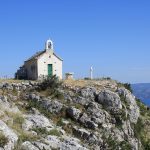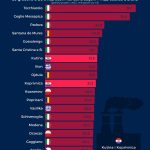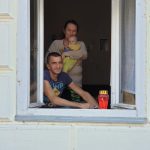renewable energy sources
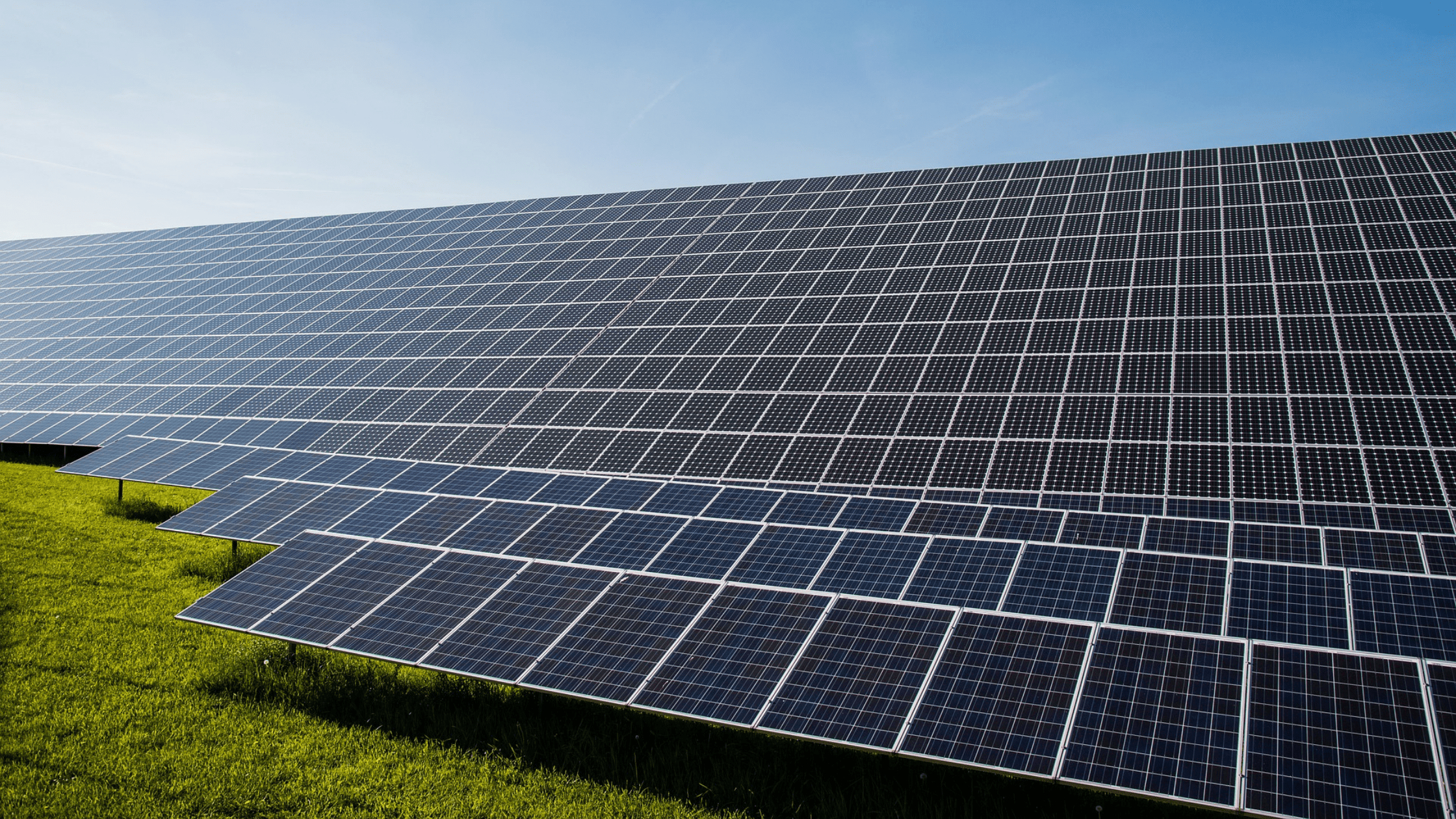
Žito Group, E.ON Sign Contract for Construction of Solar Power Plant
The new solar power plant will be the eight solar power plant Žito Group operates as part of its energy ...
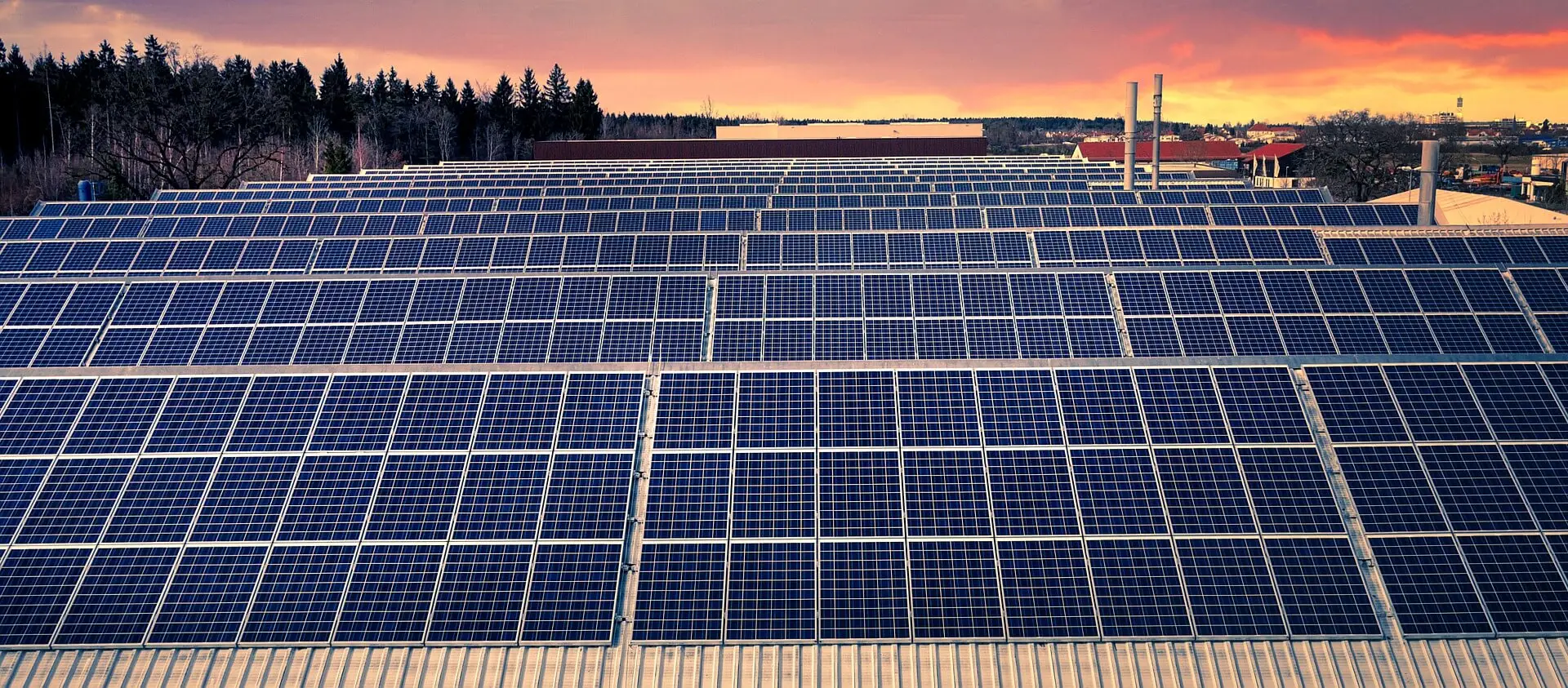
Presidential Adviser Pushes For Investments In Small Solar Power Plant
Domac writes to the Economy and Sustainable Development Minister that in the current circumstances, marred by the energy crisis, energy ...
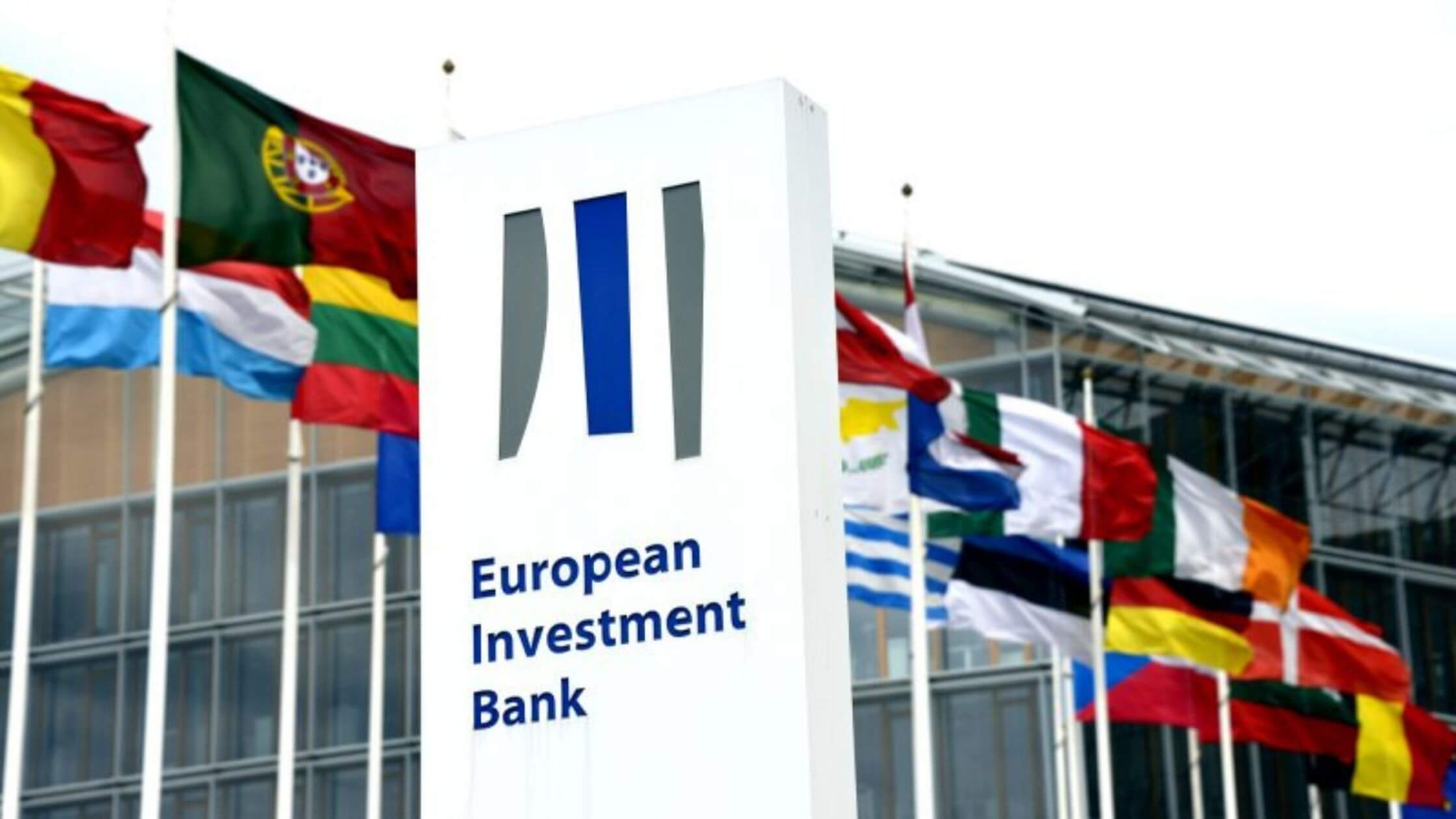
EIB Supports Projects of Renewable Energy Storage Capacities in Croatia
Addressing a news conference at which the EIB presented its results in Croatia in 2021, Pascenco said that there was ...
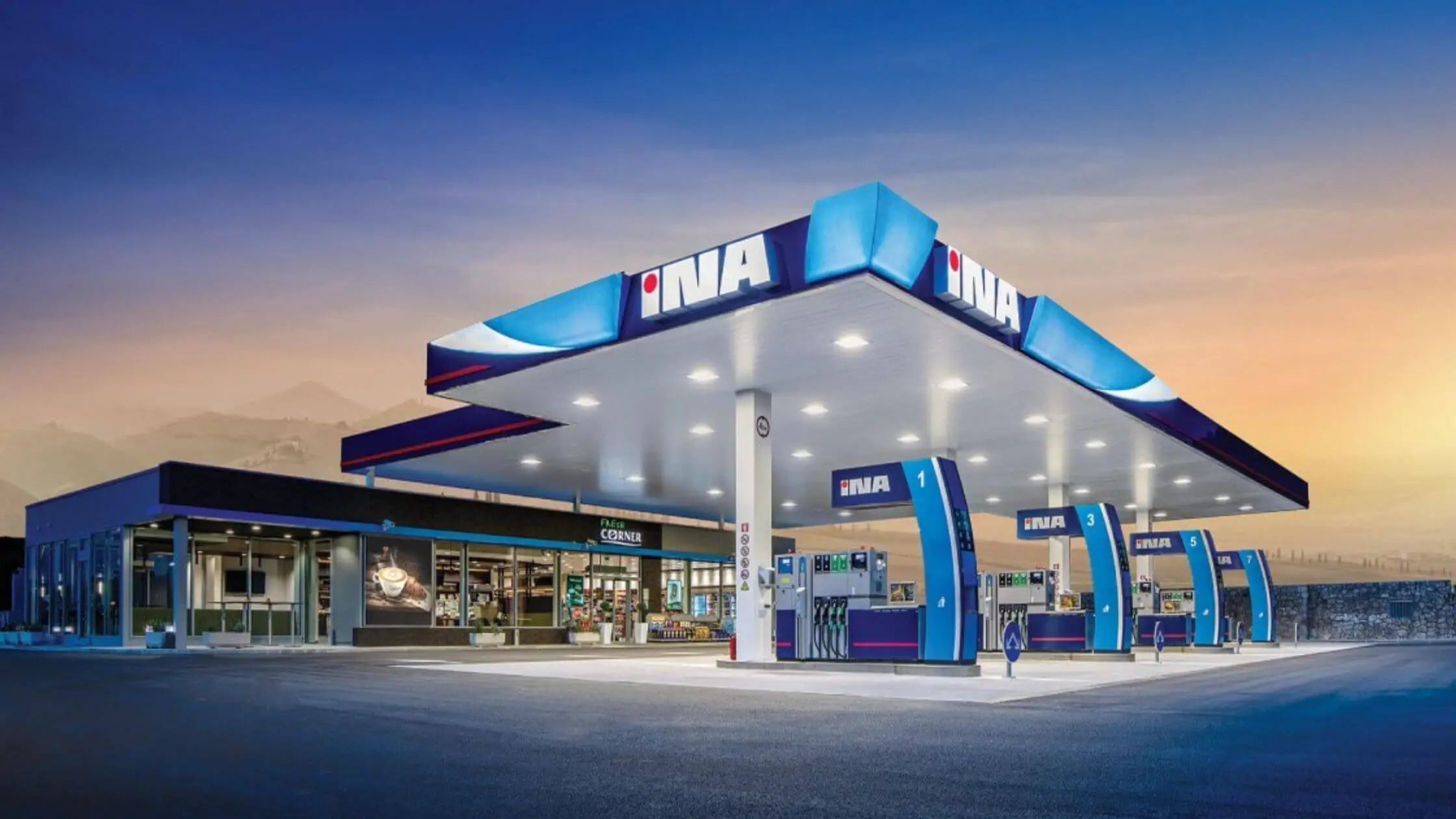
INA Begins Exploring Wind Potential at Gas Platforms in Adriatic Sea
This is the first offshore project to measure wind speeds in Croatia and gauging will last for at least 12 ...
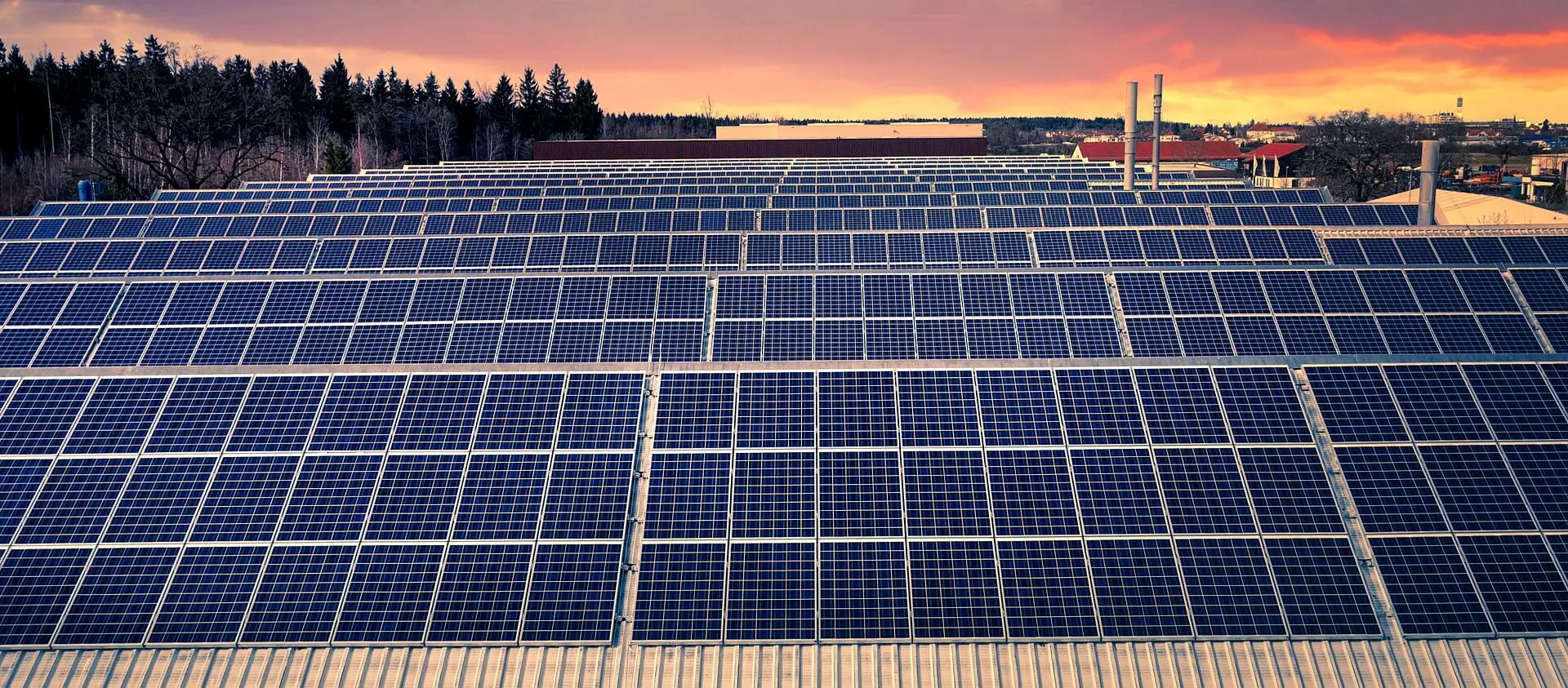
MPs Welcome Greater Use Of Green Energy And Hydrogen Strategy
Some opposition lawmakers warned of the commercial unprofitability of green hydrogen. In recent years, Croatia has been making a great ...
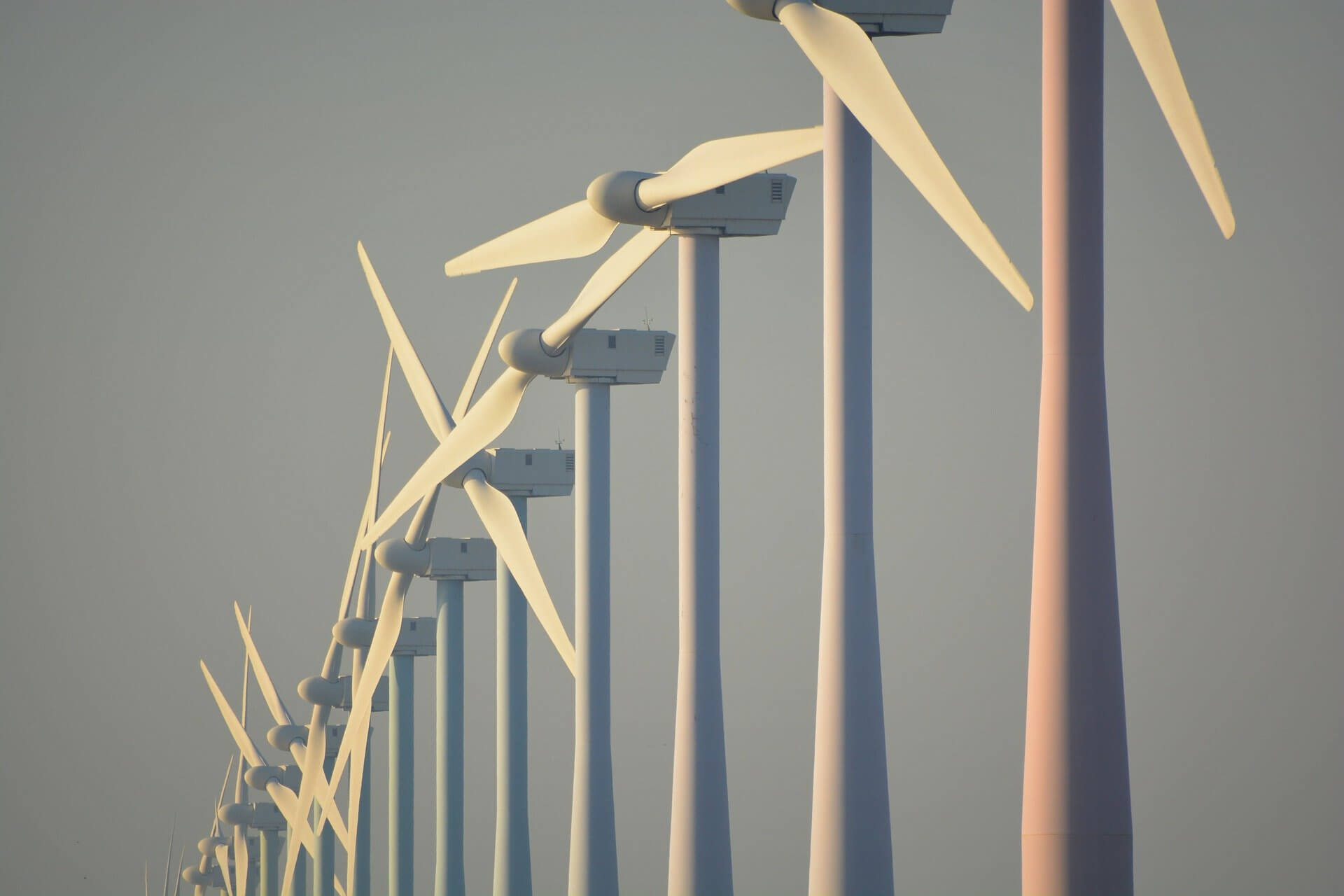
Senj Wind Farm Opened for Trial Run
The 156 megawatt capacity wind farm stretches over about 60 square kilometres inland from the northern Adriatic town of Senj. ...
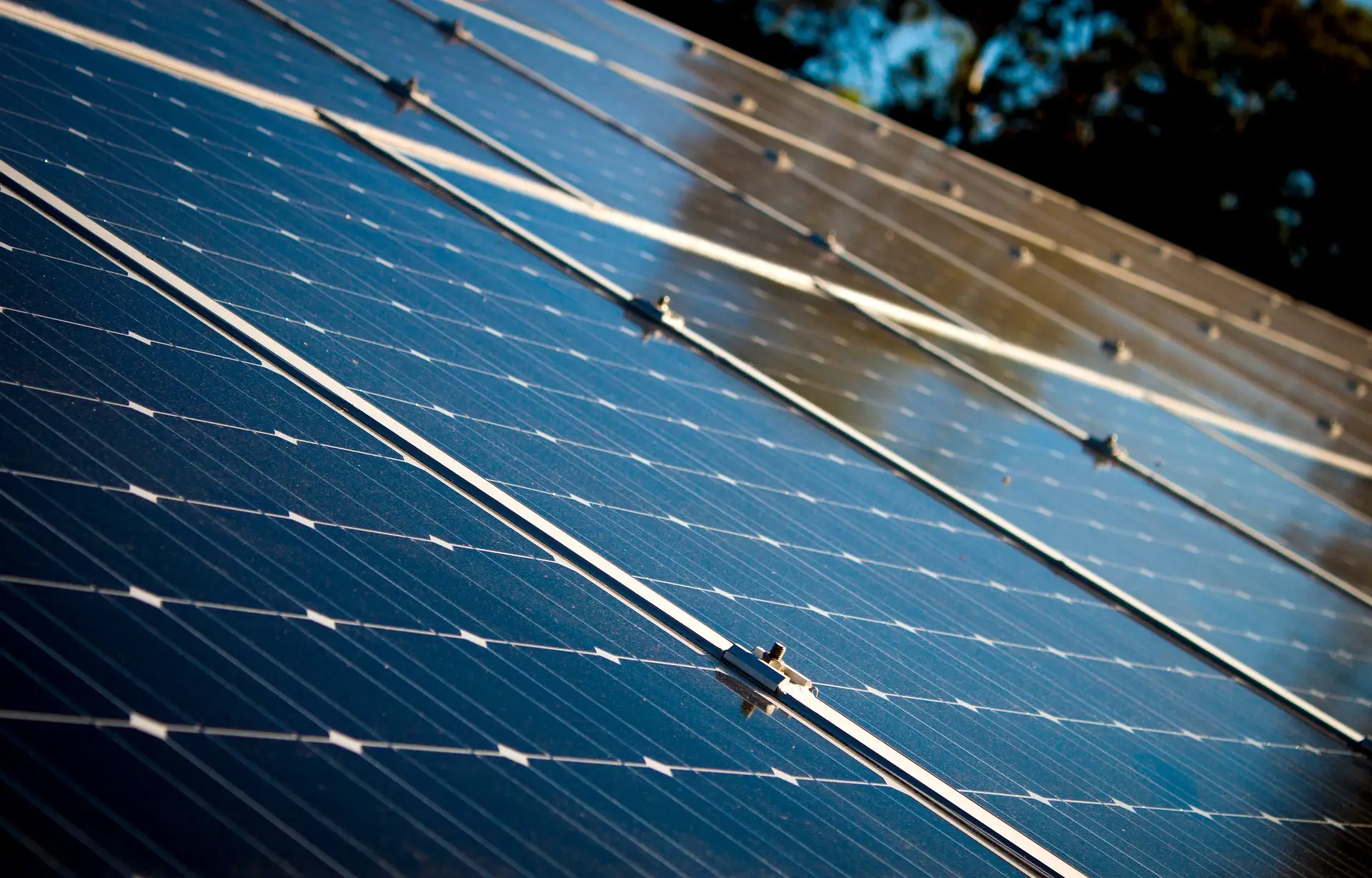
HEP Puts into Operation Largest Solar Power Plant in Croatia
ZAGREB, Sept 11, 2020 – The HEP power company, on the southern island of Vis on Friday, put into operation the largest solar power ...
Renewables Both Challenge and Opportunity for Economic Growth
ZAGREB, November 4, 2019 The association called “The Renewable Energy Sources of Croatia”, whose acronym in Croatian is OIEH, said ...
HEP to Invest 100 Million Euro in Solar Power Plants
ZAGREB, April 8, 2019 – Croatia’s HEP national electricity provider on Monday presented a new investment cycle in solar power ...
Tomislav Ćorić Discusses Croatia’s Aims in Renewable Energy in Bilbao
As Jasmina Trstenjak/Novac writes on the 2nd of April, 2019, the Republic of Croatia must, and is, turning more and ...


